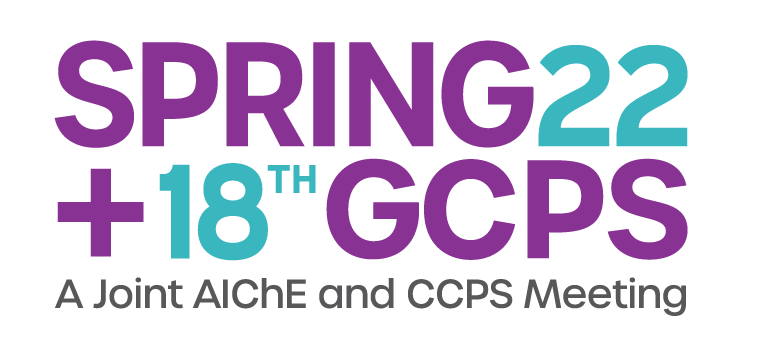

First principle models can be greatly improved by a universal charge balance solved rapidly by a simple interval halving search for the pH that provides a zero-excess charge. The ability of this universal charge balance to handle a large spectrum of salts, acids, and bases is essential to be able to exactly model the process pH response and corresponding actual titration curve. Theoretical titration curves can have slopes many orders of magnitude larger than the actual titration curves when strong acids and strong bases are used due to omission of conjugate salts and small amounts of carbon dioxide absorption just from exposure to air. High salt concentrations can cause errors due to changes in ionic strength. Means of including these effects in the charge balance are provided. Finally, critical dynamics are included by addition of reagent injection delays, mixing delays, and measurement lags and transportation delays.
pH control can be extremely challenging due to exceptional nonlinearity and sensitivity particularly when strong acids and strong bases are used. Also, electrode life is relatively short even in the best conditions and can decrease to a matter of days due to high temperature and high acid concentration, abrasion, dehydration, and poisoning. Advances in electrode design and signal selection can greatly help. The need to reduce oscillations from valve resolution limit and backlash can be addressed by valve design and use of a PID feature. Finally, the system dynamics and performance can be significantly improved and the cost of the system reduced by better control strategy design and installation.
Presenter(s)
Language
Pricing
Individuals
| AIChE Member Credits | 0.5 |
| AIChE Pro Members | $19.00 |
| Fuels and Petrochemicals Division Members | Free |
| AIChE Graduate Student Members | Free |
| AIChE Undergraduate Student Members | Free |
| AIChE Explorer Members | $29.00 |
| Non-Members | $29.00 |
